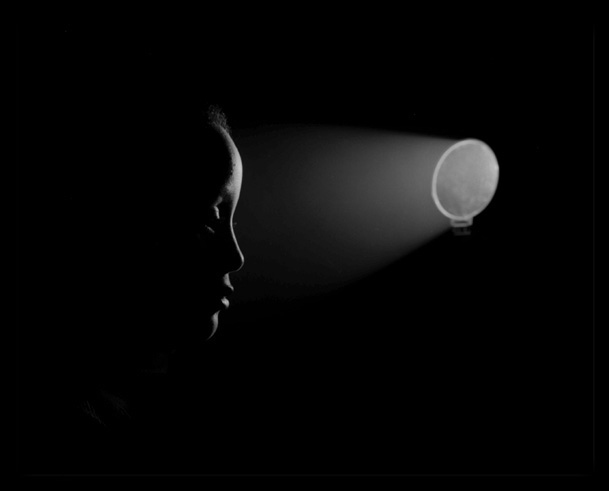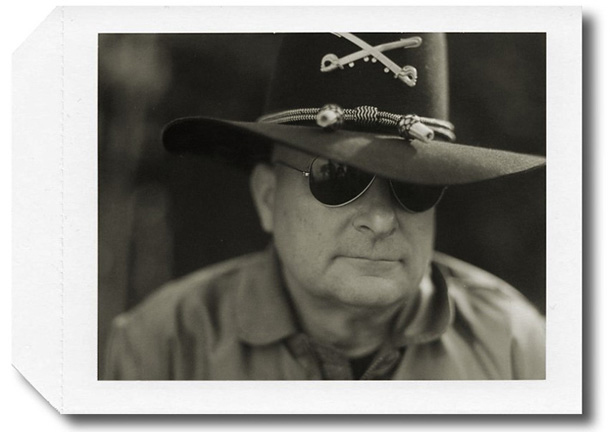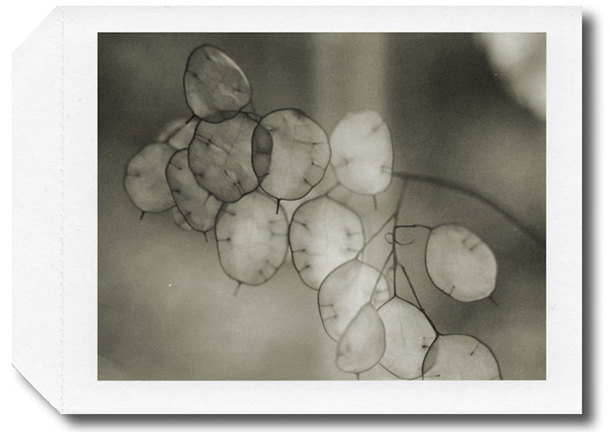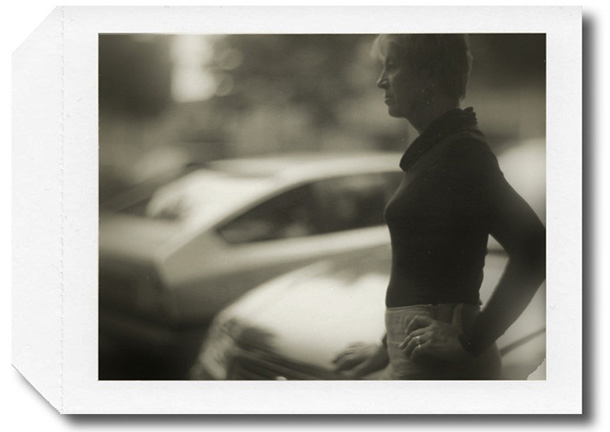Girl in a Bottle
I was in a store with a fancy name, and saw this bottle with an interesting shape, shaped almost like a convex lens element, despite being way overpriced, I bought it. Looking through the bottle at a human face didn't prove all that interesting, until I filled it with water, and then things got quite interesting distortion wise.

Loie Fuller-Goddess
She was photographed by Edward Steichen, collaborated artistically with Auguste Rodin, Jules Cheret, Henri Toulouse-Latrec, and was personal friends with scientist Madame Marie Curie, and royalty such as Queen Marie of Romania. She was a dancer extraordinaire, teacher, playwright, inventor and holder of several patents, a member of the French Astronomical Society, an innovator of theatrical stage lighting, and one of the most influential artists of the 19th and 20th centuries, she was the legendary Loie Fuller(1862-1928).
Born Marie Louise Fuller in the Chicago suburb of Fullersburg, Loie began a career as a professional child actress, later, she turned to dancing. Loie was a self taught dancer who developed and incorporated improvisational routines into her dances, along with using silk costumes which were both reflective and translucent, and illuminated by multi-colored lighting of her own design to enhance movement and effect.
She used dance, lighting and its effect on her costumes, and color, during her performances, to 'morph' and 'swirl' into different shapes, to appear on fire, to glow with the illusion of creating her own light.
Loie became famous in America for her use of these techniques in her 'Serpentine Dance' in 1891. Loie then made a European tour resulting in her remaining in France where she was very warmly received.
The perfection of these dance techniques culminated in her legendary 'Fire Dance', which turned Loie into an overnight sensation at the Follies Bergere-Paris in 1892. Her innovative dance techniques 'wowed' audiences, and other dancers such as Isadora Duncan whom she introduced to the Parisian 'scene'. Through her work at the Follies Bergere, Loie helped to develop acceptance for modern dance as an art form.
Loie performed regularly at the Follies Bergere and her legendary 'Fire Dance' was the embodiement of the Art Nouveau movement. There's a renewed interest in the major contributions and innovations of Loie Fuller to modern dance, theatrical lighting, her inventions, and in how she inspired the other major artists contemporary with her time.
I've included several illustraitons of Loie dancing at the Follies Bergere, the second illustration from the top is a painting of Loie by Henri Toulouse Latrec, also a copy of her Costume Patent U.S. patent #518347, and an image of Loie in her 'Serpentine Dance' costume.
Copyrights for these images and illustraitions have expired, and they are in the public domain.
Books: 'Loie Fuller - Goddess of Light'(1997)
'Loie Fuller, Dansuese del la Belle Epoque'(1994)
Loie Fuller memoir - 'Fifteen Years of a Dancers Life'(1913)






Chemin Leger
Good Evening
I'd always wanted to include the light source for a 'silouette' shot, in the shot. When I first attempted this shot, including the light itself just burned up that side of the frame, so I positioned a mirror and pointed my light at the mirror, which seemed to work a bit better.
Doing this shot gave me the excuse to use my fog machine for effect. I thought the shot was closer to what I wanted without using any type of soft focus.
Take care

Aero Ektar 7 In f/2.5
Accidently erased my earlier post, showing the extreme narrow DOf at 60cm.
well here it is again.



If you want to know more about the Aero Ektar, please visit the Site as a guest.
www.johndesq.com/graflex
Regards,
JohnD
Thijske...My MainCoon View
THE FIRST CONVERTIBLE LENS TO BE OFFERED IN MODERN TIMES It is now possible to buy a fine modern convertible lens set. On a par with and following the tradition which started with the famous Protar made by Carl Zeiss, the Wisner Plasmat is a series of convertible lens sets which may be used in combination or singly to form different focal lengths of wide-field double- or long focus single-cell lenses. These "Convertible Plasmats" are grouped into four sets, complete with shutter and cell case and engraved brass table of f:stops. Each set is suitable for the standard formats of 4x5 (focal lengths of 152mm to 450), 5x7 (182mm to 500mm) and 8x10 (227mm to 600mm) and consists of five, five or four cells, respectively. Each set is capable of forming eight or more practical focal lengths in their respective ranges, resulting from the combination or single use of the various cells in each set, affording considerable savings in weight and expense.
An example what can be done if you have patience and perseverance...
(If you don't mind to burn a few polaroid sheets :-) )
"Thijske" , my MainCoon by JD on Polaroid type 54 , Linhof Super Technika V.
Driebergen- The Netherlands

![[Your Site Name] [Your Site Name]](/storage/WideOpen%203%20tst2.jpg)
